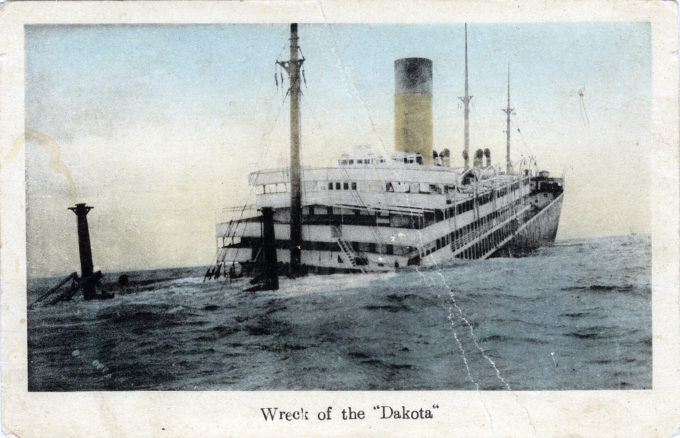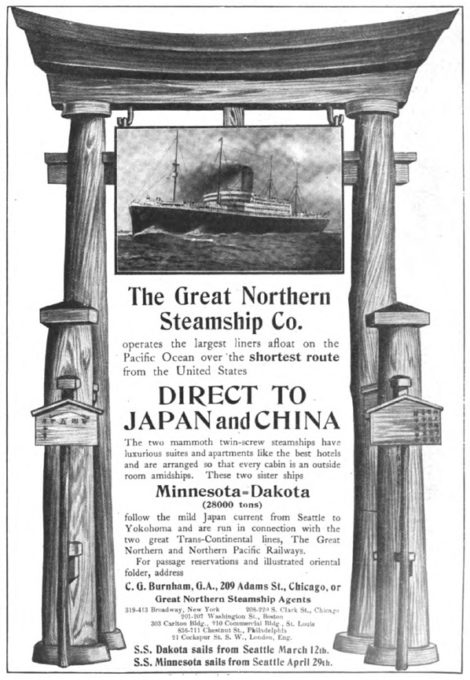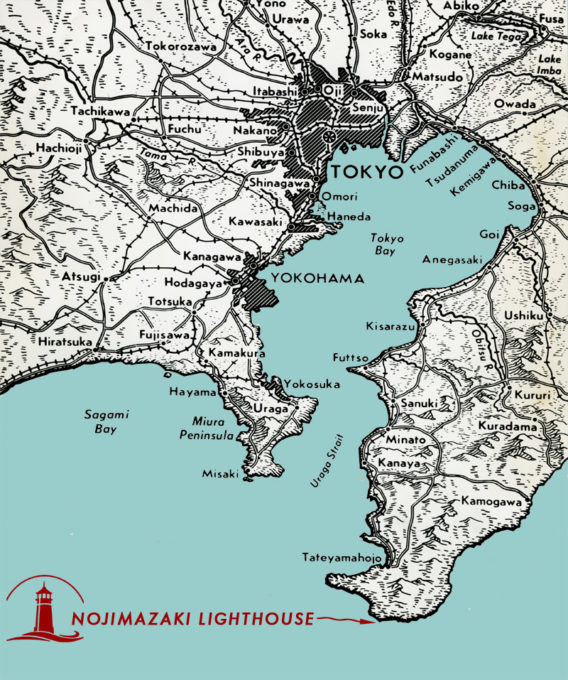“When the two huge 20,000-ton sister steamers Dakota and Minnesota, owned by the Great Northern Steamship Company of New York and Seattle, were offered for insurance at Lloyd’s they were treated on much the same basis as the great Transatlantic liners.
“Underwriters thought that the risks connected with such magnificent boats were so small that they were willing to take them at the low rate of 3 guineas per cent. per annum, and the insurances were completed on those terms.
“The total loss of the S.S. Dakota [off the coast of Japan], however, opened their eyes in a very unpleasant manner, and revealed the risk they had undertaken in a very different light. They are now thinking that if one steamer could be lost in so remarkable a manner, there is reason to fear that the sister steamer might follow suit.
“These fears may be, of course, entirely groundless, but the uneasiness exists in such an acute form that the original underwriters are actually paying as much as 20 guineas per cent. per annum to cover their liability for the unexpired period of the policy.”
– Syren & Shipping Illustrated, edited by Joseph L. Carozzi, London, June 12, 1907

“Wreck of the S.S. Dakota“, 1907. The American-owned passenger liner ran aground a reef near the entrance to Tokyo Bay. The accident happened close enough to shore to avoid any deaths; passengers and cargo were evacuated before she sank.
“S.S. Dakota was a steamship built by the Eastern Shipbuilding Company in Groton, Connecticut and owned by railroad magnate James J. Hill of the Great Northern Steamship Company. S.S. Dakota and her sister ship, S.S. Minnesota, were described at the time as the largest ships ever built in America.
“Launched on 7 February 1904, she was wrecked on 3 March 1907 when she struck a reef near the southern tip of the Boso Peninsula and the entrance to Tokyo Bay on her seventh journey.
“The steamer arrived in view of the Nojimazaki lighthouse in the afternoon of March 3, with weather being clear and the seas calm. Because the ship had been three days delayed departing Seattle, Captain Francke wanted to make up time and arrive at Yokohama before the darkness would set in and force the ship to slow down considerably. At approximately 16:00 Captain Francke relieved the first officer and assumed control of the bridge.
“The ship was travelling at about 16-1⁄2 knots (19.0 mph; 30.6 km/h) at the time and was sailing very close to the coastline contrary to an accepted practice as the area is known to be full of underwater rocks and reefs. At 17:04, as the passengers on board were enjoying their tea on deck, the steamer ran aground at full speed over a reef about a mile off Shirahama (Minamiboso). Due to speed of the vessel, she went about 3/4 of her length over the reef before coming to a stop, damaging her bottom in the process. The ship quickly filled with water, sinking her bow up to the second mast, and extinguishing the engines, with only her stern part being above the water.
“The ship was close enough to shore to avoid any deaths and the passengers and cargo were evacuated before she sank. The passengers returned to the United States aboard the Japanese steamship Hakuai. Eighty bags of mail later washed ashore. Unlike the Titanic in 1912, Dakota sank during daylight, and within sight of land, hence several positions of the sinking were recorded with still cameras.
“After the ship was lost, Hill vowed not to make any more ships under the American flag, noting the high cost of maintaining a ship in America compared to Japan due to restrictions he regarded as ‘onerous’. (Hill would eventually relent and build more ships such as the SS Great Northern and the SS Northern Pacific that would serve the company’s Astoria-San Francisco and San Francisco-Honolulu routes.)”
– Wikipedia

“S.S. Dakota” maiden voyage advertisement, 1905. [Source: The Pacific Monthly, July 1905]



